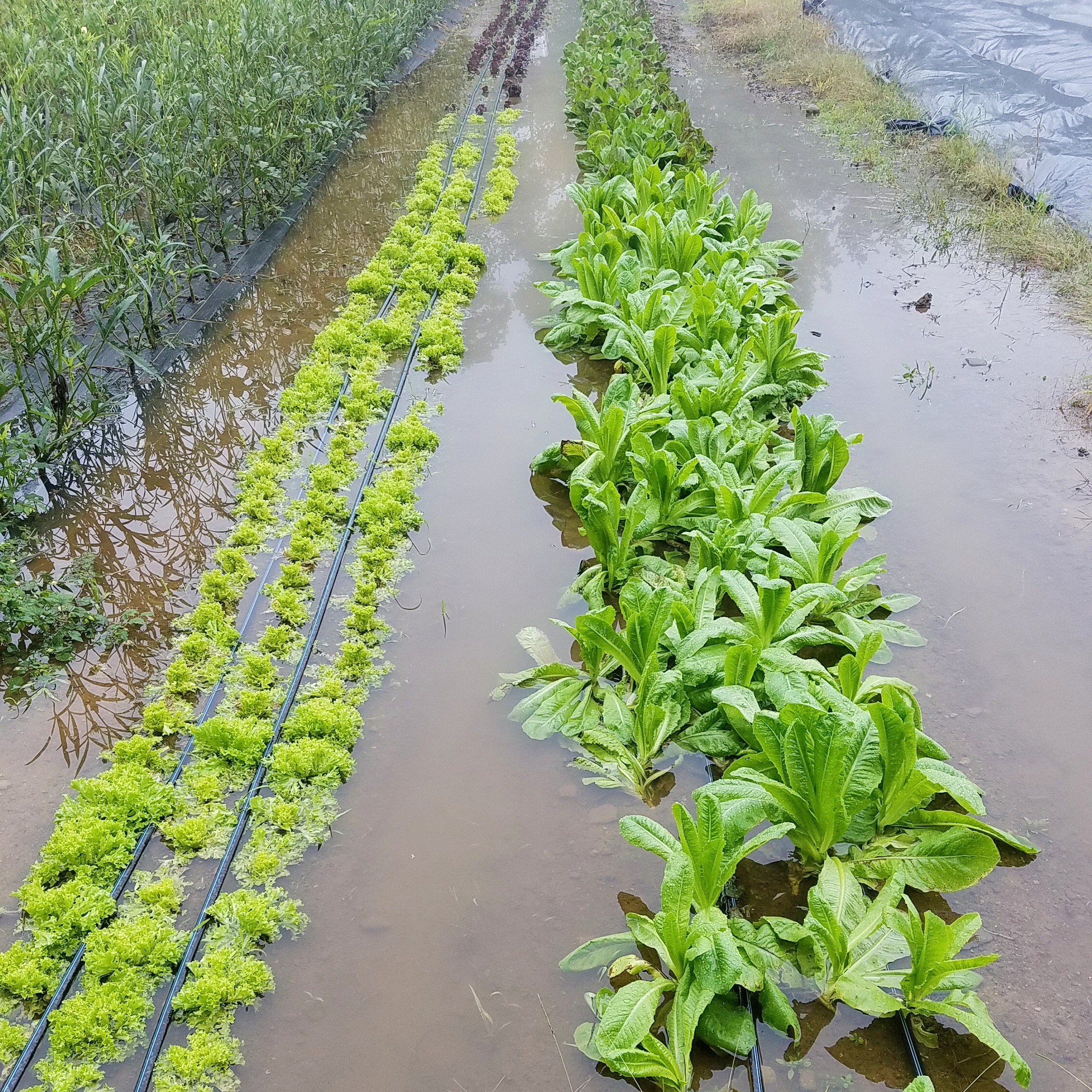Since we started our farm we have generally brought you positive news, thoughts, and stories on our blog and in our social media presence. This is not to obscure the fact that farming can be hard at times, or that there have been moments (like, say, every single August) when the exhaustion and stress can start to feel like too much. We just prefer to focus on the good things. We believe that what we are doing is important and valuable, and we want you, our friends and customers, to feel the excitement of our successes and progress along with us.
However, there’s no denying that this has been an incredibly challenging couple of months for farming here in Connecticut. Now that we’re into October and a turn-around seems increasingly unlikely, it would be dishonest to not say as much.
It’s incredibly wet. In the last 12 weeks we have received over 30 inches of rain. That’s about 250% of the average rainfall for this time of year, and it’s more than fell in the entire 12 months of either 2015 or 2016.
The excess rain and humidity started mid-July, halting fruit production and accelerating disease on squash, cucumbers, tomatoes and eggplants. It continued in August, leading to an explosion of devastating fungal diseases such as black rot on garlic, cercospora on beets and chard, and alternaria on celery and carrots. In September, moist conditions provided a prime habitat for aphids to thrive on fall plantings of turnips, radishes, and bok choi, and then two large storms flooded and subsequently rotted much of our late season lettuce, radicchio, and celtuce.
I guess we have hydroponic lettuce now
As if that wasn’t enough, this year we planted a large field of winter squash, pumpkins, and melons for the first time, and almost all of them were lost to deer. Our carrots, which have been noticeably absent from recent markets, were already struggling to size up in saturated soils when the deer got to them as well.
Beyond all these individual disappointments, perhaps the hardest thing is showing up to the farmers’ market each week with a limited amount on offer. We are incredibly grateful for the dedication of our market customers, and it is doubly painful to see their disappointment every time we are missing or sold out of something they were looking forward to.
It’s bad. But here’s what I keep telling myself: In farming there are always going to be good years and bad years; bumper crops and crop failures. This may be true now more than ever, perched as we are on the edge of what could become the most volatile and uncertain climactic era since the advent of agriculture. This was a hard year, but we are going to survive it. We can still pay our bills, and we will be back in the spring with another season’s worth of lessons learned under our belts. This is a triumph in and of itself.
It is also a good reminder that learning to survive tough seasons is not just a financial necessity for our business, but also part of the ideological basis for our work. Industrial agriculture, and by extension the whole American food system, is a massive but frighteningly fragile beast. Monocropping, loss of genetic diversity, reliance on vast amounts of chemical inputs, and shrinking water resources are all points of vulnerability that will be tested by a changing climate. We are part of a movement of diversified and regionally focused small farms trying to build resilience into the food system, and the few successes we have had this year illustrate the point. While failures have piled up, they have by no means been universal. Notably, we had our best onion crop ever. We’ve just started harvesting sweet potatoes, and though picking them is a bit like digging for clams, they are doing surprisingly well. And the ginger, native to tropical climates, has actually been thrilled by the unexpected rainforest-like conditions.
Jungle ginger
Muddy yams
These mixed results are thanks to the diversity of crops on our farm (nearly 200 varieties of veggies and over 300 flower varieties). Our tomatoes and eggplants were a disappointment, but imagine if they were all we grew. Imagine what crop failure looks like in a vast monoculture of corn or soy. We grow so many varieties because it’s fun, because it gives us a marketing advantage, and because eating a varied diet is good for us and for our customers. Happily, as in nature, genetic diversity on the farm and in our food system broadly is also the key to survival.
So, thank you to all our customers for your support, understanding, and patience this fall. We’re sorry for the short tomato season, the weeks of no carrots, the absent arugula. We are doing what we can to eke out a few more successes before winter arrives, and we’re already looking forward to the improvements we can make next year. When the weather is against us it means everything to know that you are still with us.
- Aaron
This is not our farm, nor our car, but it’s just around the corner from us: Mitchell road, washed out down to the bedrock in one of the September storms. That’s how wet it’s been.









